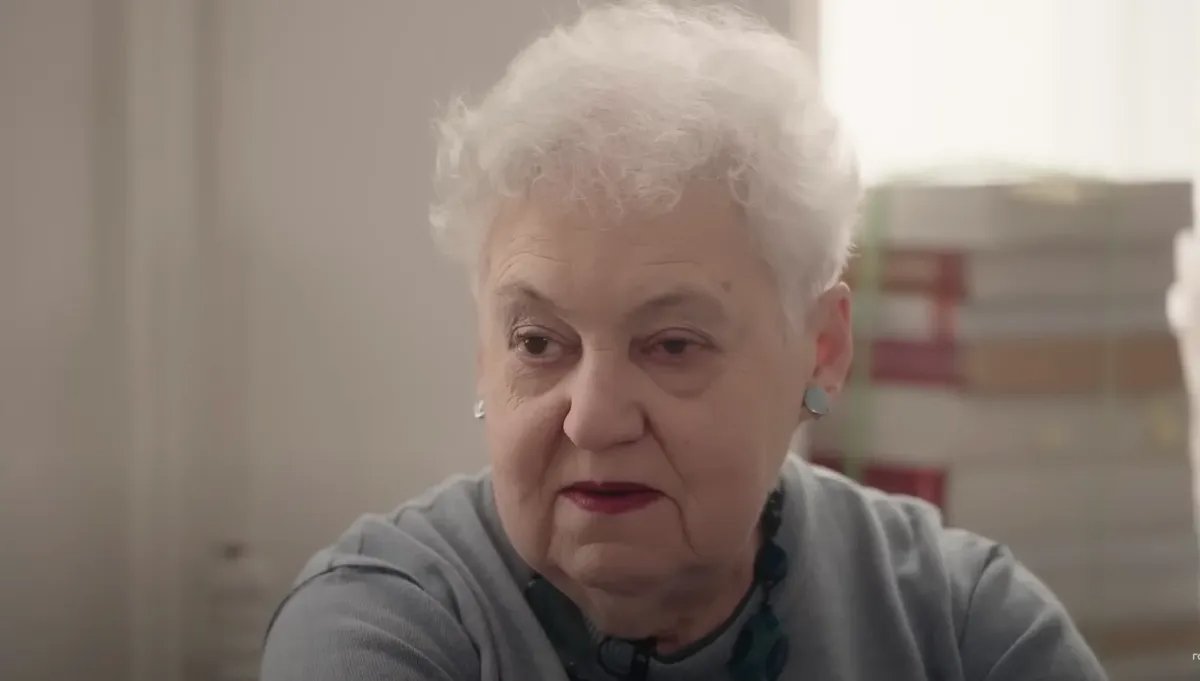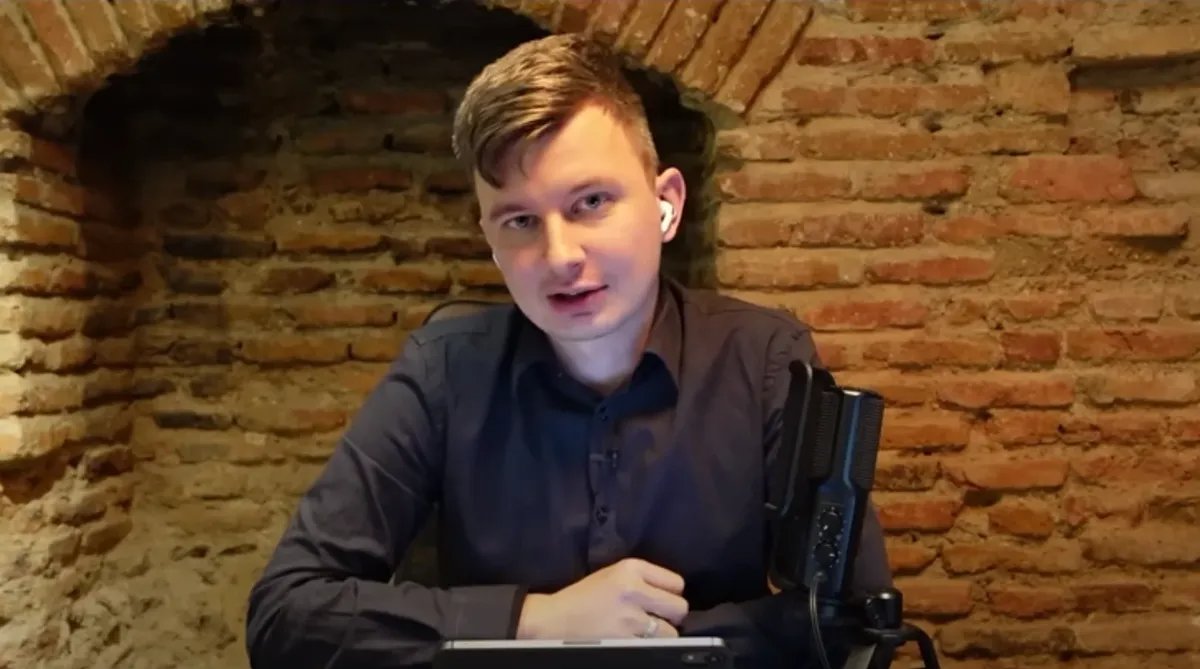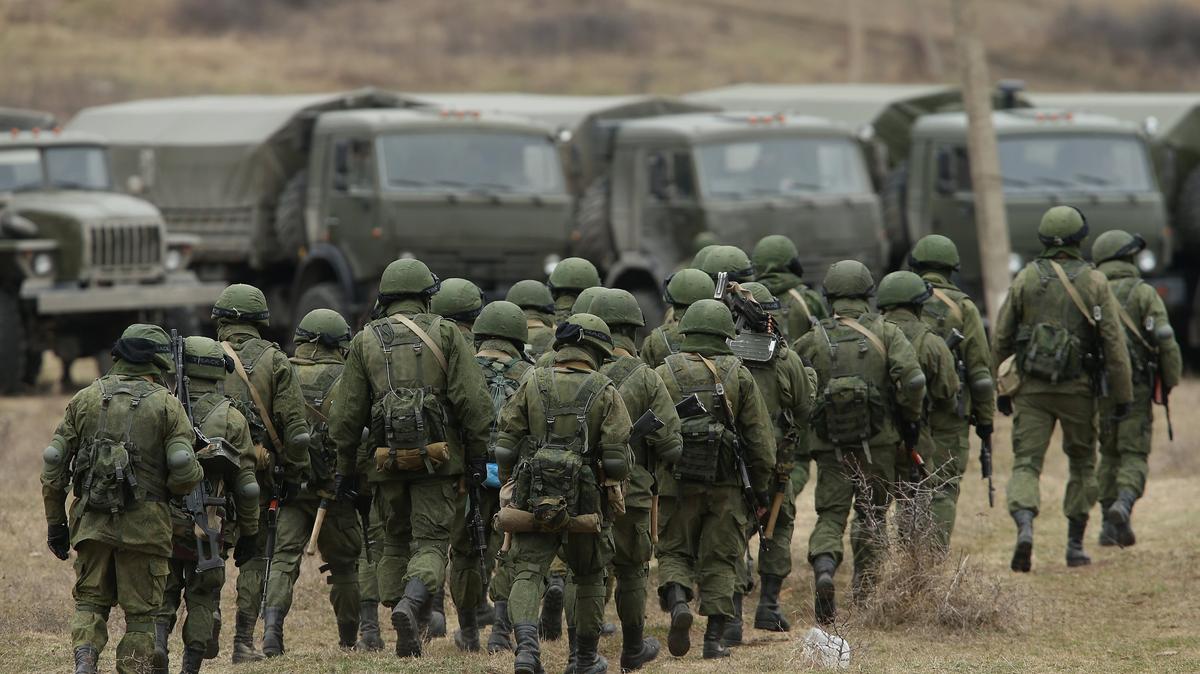President of the European Commission Ursula von der Leyen recently said that 100,000 Ukrainian soldiers had died in the war in Ukraine. Her video address was edited soon after. It turns out that the top EU official meant not just the dead but also the injured, concussed, and ill. However, this controversial topic prompted comments from Kyiv who previously did not disclose its losses.
Loss confusion
Oleksiy Arestovych, Ukrainian presidential adviser, puts the Ukrainian army casualties between 10,000 and 20,000, while another presidential aide Mykhailo Podolyak notes that 10,000-13,000 Ukrainian military personnel have been killed since February.
At the same time, warring sides often clearly play down their own losses and exaggerate those of the enemy.
On 6 December, Russian Defence Minister Sergei Shoigu said that the Ukrainian army lost 8,300 fighters in November. In September, the Russian Defence Ministry reported 61,207 dead and 49,368 injured Ukrainian military personnel. Meanwhile, Moscow put its death toll in the war at 5,937. In turn, the Ukrainian Defence Ministry claimed that more than 92,000 soldiers and officers of the Russian army had been killed.
US Chairman of the Joint Chiefs of Staff Mark Milley said in November that according to the Pentagon data, more than 100,000 Russian service members died or were injured in Ukraine. Milley added that the Ukrainian army was likely to have suffered similar losses.
It is worth noting that Ukrainian leader Volodymyr Zelensky reported that five times more Russian service members had been killed in the war in Ukraine than the Ukrainian ones. In the meantime, his Russian counterpart Vladimir Putin claimed that Ukrainian losses in battles sometimes were 7-9 times higher than that of Russia.

Valentina Melnikova. Photo: video screenshot
“Nowadays, all losses in the armed forces are classified,” Executive Secretary of Russia’s Union of the Committees of Soldiers’ Mothers Valentina Melnikova tells Novaya-Europe. “Not all the killed ones can be recovered from battlefields. At the very beginning of the conflict, soldiers were telling me that only one-fifth of their unit was unharmed. They did not have enough human power or transport to take all the dead and injured ones away. It is very likely that those whose bodies could not be recovered end up in missing lists. Those who went missing in spring are quite unlikely to be found.”
According to Valentina Melnikova,
collection of bodies from battlefields was not organised from the very beginning of the conflict. War laws dictate that special groups should be tasked with it.
Unfortunately, rear logistics services failed this mission.
“A military serviceman’s sister contacted me after she received a call from the draft office and was told that her brother had died,” Melnikova continues. “However, she has not been able to obtain his body for two months now. A Rostov genetics lab says that no bodies match the given parameters.”
Melnikova is convinced that Kyiv’s official data should be treated carefully. It is often backed by documents, photos and video footage. Relatives of Russian service members that sought help from the committee often said that they obtained clear and verified information from Ukrainian authorities.
“I don’t think that the losses are deliberately downplayed in the name of some rational goals,” Melnikova says. “We cannot rule out the possibility that the general mess is just a traditional part of the Russian army. We have been witnessing it since 1989. For example, data on the number of deaths in Afghanistan is still very controversial, and there is no information on the Second Chechen campaign in the public domain at all.”
‘Butcher’s list’
Ruslan Leviev, the founder of Conflict Intelligence Team, said in an interview that he could agree with estimates of 100,000 fighters lost by each side. “Total losses also include irrecoverable losses, the killed ones and wounded, for example, whose legs were ripped off. They will not return to frontlines. [There are also] retrievable losses — the injured ones who will continue to fight after the hospital, as well as prisoners of war and those missing in action.”

Ruslan Leviev. Photo: video screenshot
This summer, Leviev said that tracking casualties had become more difficult after the war broke out. In February, March, and early April, you could see videos and photos from the ground. Investigators could observe a column of personnel moving to the frontline and then the same column already destroyed. The bodies of the dead could be seen. From this, it was possible to deduce how many service members had been killed.
“On top of that, there was information about how many tactical battalion groups had been withdrawn from this area. Accordingly, it became clear that this group had lost so many men or equipment,” Leviev said. “Now, everything is much more complicated because now, everybody is mixed up. Professional Russian contract servicemen and mobilised people from the Donetsk ‘people’s republic’, or mercenaries from PMC Wagner, or reservists from BARS [Special Combat Army Reserve], or people who signed short-term contracts with the Russian Defence Ministry can operate together in the same direction. They fight together and sometimes die together. Therefore, it has become more difficult to determine how many casualties the Russian army suffers. So, everything is based on feelings rather than on concrete calculations from photos, video footage, and other information.”
The founder of the Volya Telegram channel agreed to speak with Novaya-Europe on the condition of anonymity. The Telegram channel regularly publishes “butcher’s lists”, updates on Russian and Ukrainian losses. According to its founder, the official numbers disclosed by the Russian Defence Ministry are pulled out of a hat and have nothing to do with reality. The official Russian reports are meant to demonstrate that the “special military operation” is going as planned, while losses are kept at bay.
At the same time, the military are keeping count of casualties and trying to do so more or less carefully. “The casualty data is formed on the basis of reports of unit commanders which then go through headquarters, get compiled together and referred further to the group headquarters and later to the general staff,” the Volya channel source tells us. “This data then moves from Moscow to military districts to pay compensations to families of the killed and injured servicemen.”
The Volya channel founder says that the channel started publishing this data in April and has been doing it regularly since. The data is collected via sources in the warring armies.
“Even before the war broke out, we reached an agreement with our sources in the Russian and Ukrainian armies that they will share loss information with us. We are talking about numbers from army bulletins, reports, data from specific units and areas. We get disparate numbers from staffs and the ground and then check them: match them with fighting activeness, information from the other party in the same area, the situation in hospitals, Luckily, military medical workers we know help us with that.”
According to the Volya founder, the situation is changing from one month to another.
The further we go, the more difficult it gets to separate between casualties in the Russian army, National Guard, volunteer battalions, special service, PMCs, and militias of the Donetsk and Luhansk “people’s republics”.
It is also difficult to separately identify those missing in action and captives. At the same time, the Telegram channel analysts have a from-and-to range or specific details. And sometimes this range is rather significant.
“The range is attributed to the difference between the data in reports from the ground and the staff information. The on-the-ground data comes out first, staffs report later. Sometimes the difference is quite large between these numbers, this is where the fork comes from. When single-time huge casualties are suffered, they are spread over time in the group headquarters to avoid shocking those above them,” Novaya-Europe was told. “For instance, the Russian army still has no full data on losses following Kherson’s surrender. There is no complete data about Bakhmut losses because they simply cannot be counted before the hostilities end. My information suggests that many missing in action, especially the ones that went missing in the beginning of the war, are still unaccounted for. Bodies were buried without any system or just piled in ravines and covered with soil. Just to avoid anti-sanitary conditions and epidemics.”
“Our estimates of Ukraine’s losses are very comparable with those of the European Commission and the US Joint Staff. At the moment of publication, their numbers of 100,000 killed and injured Ukrainians [correspond to] ours of between 39,000 and 42,000 killed and between 65,000 and 71,000 injured wounded Ukrainian army servicemen. Meanwhile, our numbers for the Russian side are much higher: 72,000-76,000 dead and up to 147,000 wounded. These are the numbers as of 7 November. The data for November and early December is only coming in now, so due to very bloody fighting for Bakhmut and Avdiivka the number of Russian losses will rise by at least 13,000 dead military personnel.”
The source claims that Kyiv documents dead Russians that end up in their zone of control. If they have documents with them at the moment of death, they are added to special lists.
“Ukraine collects bodies of dead Russian soldiers that are left on liberated territories or simply in the combat zone. There are no centralised swaps of bodies. If there are decent commanders on the ground, they agree between each other and swap bodies and captives without involving their command in it. But to be honest, there are not many like that on the Russian side. Therefore, dead bodies stay with Ukrainians. They sometimes are buried because there are no facilities to store corpses. As for the burial team operations and rumours that the Ukrainian army does not allow collection of dead Russians. Yes, after a few cases when PMCs disguised as burial teams and attempted to capture Ukrainian positions near Bakhmut Russians are no longer allowed to collect dead bodies.”
Support independent journalism
10,000 names
BBC correspondent Olga Ivshina has been tracking and reporting about Russian casualties almost from the first day of the war. Later, she continued this work with colleagues from Mediazona and a volunteer team. “We are very grateful to everyone who shares this information with us but cannot disclose their names out of concerns for their safety,” Olga explains. “Our team does not just follow publications in local and social media as well as official speeches but also studies monuments, memorial plaques, burials on dozens of cemeteries from Kaliningrad to Vladivostok and from Arkhangelsk to southernmost regions. We are keeping an eye on memorials. We sometimes manage to discover remembrance plaques with names, dates of birth, and causes of deaths, even military ranks. The collected data is verified through various means and codified.”
Other researchers use other ways to make estimates. Some look at the amount of destroyed military hardware, study satellite and drone images, and other video footage or get information from sources and expect leaks.

Olga Ivshina. Photo: Facebook
As of 6 December, the list updated by the BBC and Mediazona contains 9,776 names of Russian servicemen with confirmed names and surnames. By 9 December, this number is likely to reach 10,000. The list contains service members, Russian National Guard members, PMC fighters, and secret service officers. It is not always possible to identify where these people served.
Olga Ivshina and her colleagues are certain that
the real number of the dead is approximately two times higher than the data that volunteers and journalists managed to uncover. This conclusion can be made if you take a closer look at the number of recently dug graves.
As a rule, there is information about approximately half of the men buried there recently. Their graves are often decorated with photographs in military uniforms and identical wreaths from local authorities, the Russian Defence Ministry and grieving comrades-in-arms. The other half of the names embossed on monuments, plaques and memorials is learnt from other sources. “If we compare all these figures, we can assume that according to the most conservative estimates today we are talking about 20,000 killed Russians,” Ivshina tells us.
“If we estimate the total number of losses on the Russian side, we must add those who died fighting as part of the so-called ‘people’s militias’ of the self-proclaimed Donetsk ‘people’s republic’ [‘DPR’] and the Luhansk ‘people’s republic’ [‘LPR’] to this number. Now, we do not include them in our list of casualties, but in general we follow what is happening in Donetsk and Luhansk. DPR officials have acknowledged the loss of 4,000 military personnel. The LPR does not disclose the number of dead, but people mention at least several hundred names online. It turns out the losses of the “people’s militias of the DPR and LPR” reach at least 5,000 dead. We also do not include in our reports data on the missing persons. The total number of pro-Russian combatants who have not returned from the war exceeds 25,000. If we add the wounded at a rate of 3.5 per 1 dead, the total number of losses exceeds 100 thousand. It is a number which is comparable to the estimates of US and European Commission experts.”
The BBC and Mediazona have tracked 166 PMC fighters who were killed, 75 of them were convicts. At the same time, motorised riflemen account for most losses, followed by airborne forces and volunteer units. Moreover, about 400 draftees have been killed, as they are more and more often sent to the frontlines. If we look at Russian regions, the Krasnodar region has the highest number of killed service members, followed by Dagestan and Buryatia.
Losses are not just personal tragedies and statistics for research. The general state of the army can be assessed by how many casualties it sustains. For instance, every fifth dead person in the Russian army in the spring was an officer. Olga Ivshina claims that this can be explained by the fact that Russian commanders are required to be at the forefront and personally lead troops in battle. In situations when sergeants can make decisions in NATO armies, the Russian army requires a lieutenant or even a captain. At the same time, casualties among senior officers and generals have decreased since June. The BBC correspondent says it is because Russian headquarters were moved away from the frontline.
Join us in rebuilding Novaya Gazeta Europe
The Russian government has banned independent media. We were forced to leave our country in order to keep doing our job, telling our readers about what is going on Russia, Ukraine and Europe.
We will continue fighting against warfare and dictatorship. We believe that freedom of speech is the most efficient antidote against tyranny. Support us financially to help us fight for peace and freedom.
By clicking the Support button, you agree to the processing of your personal data.
To cancel a regular donation, please write to [email protected]

